Welcome
Thanks for visiting Expat Heather! I’m an international educator, writer, and expat mom currently living in South Korea. On this site you’ll find things about living abroad, teaching in international schools, travel, hiking, and expat life.
During our time teaching in Pakistan, my husband and I lived fairly close to the Wagha-Attari border with India, and we were able to to travel there during our school breaks. Listed below are links to informative articles I’ve written about travel in India.
Articles are hosted on various sites such as USA Today’s Travel Tips, Trails.com, Hotels.com, and Golflink. This collection is far from a comprehensive travel guide, but if you’re looking for specific information about travel, destinations or hotels in India these are some articles to get you started.
Feature Photo: Humayun’s Tomb in New Delhi, Duarte Carreiro
1. General Travel Tips
10 Great Souvenirs to Buy in India: Tourist Shopping Guide
Do UK Citizens Require a Visa to Visit India?
Hotels and Tourism in India
How to Get a Visa for India from Pakistan
How to Get a Visa for Pakistan from India
How to Stay Healthy in India
Overview: Budget Tours in India
Traveler’s Packing List: Visiting India & Pakistan
Traveler’s Reading List for India
2. Transportation
About Airlines in India
About Air Service in India
Essential Tips for Driving in India & Pakistan Part 1
Essential Tips for Driving in India & Pakistan Part 2
How to Book Indian Railways Tickets Online
Train Trips in India
Traveler’s Guide to Indian Railway Classes
Why You Should Avoid Travel by First Class on Indian Railways
3. India Travel Destinations
Agra
Agra, India for Tourists
Review: Tourist Rest House in Agra, India
Tips for Visiting the Taj Mahal in Agra, India
Allahabad
Allahabad, India for Tourists
Amritsar
Accommodation Review: Grand Hotel in Amritsar, India
Amritsar, India for Tourists
Travel from Lahore to Amritsar: Crossing the Pak-India Border
Delhi
Accommodation Review: Hare Krishna Guest House in Paharganj, Delhi
Budget Hotels in New Delhi
Delhi, India for Tourists
Delhi Night Clubs
Hotels in Hazrat Nizamuddin
Hotels in Karol Bagh, New Delhi
Hotels Near the Airport in New Delhi, India
Hotels Near Ansari Nagar, New Delhi
Hotels Near Bangla Sahib Road in New Delhi
Hotels in Paharganj, Delhi
Review: Master Guest House in New Delhi, India
Weekend Trips Near New Delhi
Gujarat
Gandhinagar, India Tourism
Gujarat, India for Tourists
Imperial Palace Hotel in Gujarat, India
Haridwar
Haridwar, India for Tourists
Review: Ganesh Restaurant
Accommodation Review: Nana-ki-Haveli
RTDC Hotel Nahargarh Palace: A Romantic Getaway – With Monkeys
Karnataka
Hotels Near the Mookambika Temple in Kollur
Mookambika Temple in Kollur
Kerala
Hotels in Kottayam, Kerala
Hotels Near Kakkanad Cochin, Kerala
Pallakad Tourism
Mumbai
Hotels in Colaba, Mumbai
Hotels in Goregaon East, Mumbai
Hotels in Navi, Mumbai
Resorts Near Mumbai, India
What are Traditional Gifts from Mumbai, India?
Mussoorie
Review: Hotel Dev Dar Woods in Mussoorie, India
Nainital
Tourism in Nainital, India
Pune
Pune, India for Tourists
Shimla
Shimla, India for Tourists
4. Regional Travel
Clothes to Wear on a Trip to Northern India
East India Travel Information
West India for Tourists
5. Special Interest Travel
Architecture
British Monuments in India
Budget Tours
Affordable Tours to India
Budget Tours to India
EcoTourism
EcoTourism Examples in India
India Tiger Safari Tourism
Sustainable Tourism in India
Tribal Tourism in India
Wildlife EcoTourism Destinations in India
Hill Stations
Review: Hotel Dev Dar Woods in Mussoorie, India
Tourism in Nainital, India
Hotels in Pachmarhi
Shimla, India for Tourists
Mission Trips
Clothes to Take on a Mission Trip to India
Romantic & Honeymoon Travel
5 Romantic Honeymoon Destinations in India
Travel Romance: Honeymoon Packages in Manali, India
Rural Tourism
Rural Tourism in India
6. Indian Language & Culture
How and Where to Learn Urdu in South Asia
How to Learn Arabic in Mumbai
Guide Books
If you’re looking for a guidebook to bring along with you to India, here are some options. The Lonely Planet India is a large volume, so you may want to consider downloading the PDF version or going for smaller, regional guidebooks that have more detailed and specific information. We tended to only use our Lonely Planet India at home during the trip planning phase and carry the regional guides along with us.
Links below lead to products on Guide Gecko and Amazon and are affiliate links, so if you choose to buy or download a book I’ll get a small share of the total cost to help finance ExpatHeather.com.
Books
PDF Downloads from Guide Gecko
Download Lonely Planet India
Download Lonely Planet Rajasthan, Delhi & Agra
Download Lonely Planet South India
Download Lonely Planet Northeast India
Download Lonely Planet Trekking in the Indian Himalaya
Photo: Our nonfunctional fireplace.
It’s much colder than the 65 degrees it should be. Holding my swelling belly with both hands, I heave myself onto my back and eventually achieve a position where I can glance at the digital clock on my nightstand. Blank. I know it’s after 4:30 a.m., but it’s still dark.
After about half an hour of fading in and out of sleep, I manage to roll onto my right side and throw back the heavy comforter with my feet. Swinging my legs to gain inertia, I push myself and the 30 pounds of baby weight to a sitting position. I guess it’s 50 degrees, or colder.
In the office, I root around in my purse for my flashlight. Check the power mains. Nothing. I know our gas heater is powered by an electric switch, but I try turning it on anyway. Nothing. At least 12 inches of heavy snow sits molded atop the cars in the driveway. It’s 6:30 a.m. Normally I would just get up now, but it’s still dark, I’m cold, and I can’t think of much I can accomplish without electricity.
Getting back in bed is easier than getting out. Feeling the baby’s heartbeat in my abdomen, I’m glad the baby is being kept warm inside the womb. What would I do in this situation if he was out? Move him into bed with me so my body heat can warm him? What if I fall asleep and the thick covers end up over his head? Maybe I should rock with him in the glider, both of us covered with warm blankets. I might be a bit cold and frustrated with the situation, but he would be warm and well fed.
My husband and I had previously decided not to use the apartment fireplace this winter; I add ‘buy firewood’ and ‘test out fireplace’ to my mental before-baby-arrives to do list.
Waking up again, I check the clock. Blank. Can’t just stay bundled in bed all day. Duarte hates waking up in the cold; I throw an extra blanket over him and put a hoodie next to his pillow before grabbing my hand crank radio out of the closet.
NPR informs me 51,000 households in my area are without power, the snow will keep falling for another 12 hours, and emergency efforts are underway to clear the roads. The baby moves vigorously, stretching out and pushing his feet into my left hip while his back causes the right side of my stomach to pop out a few inches.
I could really go for a hot cup of tea, but our stove is electric. When my husband and I put together our emergency kit and go-bags, he vehemently insisted we should not buy camping stoves. His picture of ‘emergency’ involved us taking off with our backpacks, finding shelter in the woods and ‘learning to deal’ with the elements as if we were on some show on the National Geographic Adventure channel.
I disagreed with this approach, but he was so insistent that I gave up each of the half-dozen times I tried to buy a stove. I now resolve that as soon as the power and the internet comes back, I’m going to order one along with a good supply of gas canisters.
It’s ridiculous to have 12 boxes of extra pasta and all sorts of emergency food supplies if you can’t boil water to cook it. I resist the urge to wake him up and explain this. Being able to start a fire with flint and steel is great, but what would we do, start burning the furniture in order to make food? It’s not like we’re going to find any dry wood outside under a foot of snow.
For now, I’m kind of appreciative that our power went out. I’m realizing how unprepared we are to face more than a few days of it. We have a stock of self-heating MREs and calorie bars, but it would be silly to use those when all we’d need to cook our other food is a source of heat.
My belly button pulses with the baby’s in untero gymnastics. I tell myself that even if my labor starts right now, the roads would likely be clear before I’d need to leave for the hospital. It’s 10:30 a.m. and there is still no power. I need to put on some warmer socks.
11:30 a.m., I decide to wake up Duarte, tell him the situation and ask him to shovel before the snow freezes in late afternoon. He laments not being able to make his morning coffee: “Oh man, I could start a fire to boil water…if only we had something to burn.”
This interview was originally published on the old ExpatHeather site, but the post was lost in cyberspace due to my attempt at moving around some files on the FTP server. Since it’s about time to start thinking about summer travel again and readers often ask me for advice about hiking and trekking in Pakistan, I decided to repost Alam’s insight into this region of the world.
Alam is the founder of Pamir Trails trekking and tourism company and has worked with Lonely Planet authors John Mock and Kimberly O’Neil as they put together the guidebook for Trekking in the Karakoram and Hindukush.
I ‘met’ Alam through the ExpatHeather blog and decided to ask him some questions about his career and about trekking in Pakistan, Afghanistan and Tajikistan.
1. How long have you been a trekking guide and how did you get started?
For three years I worked as a teacher in a school in the Chapursan Valley. It was a great experience working with the children, but I felt that as a teacher I should be continually learning. How could I learn more when I spent my whole day inside the class? In Pakistan, most teachers remain in the class for 25 years or more.
I wasn’t sure if this was the right path for me, and I felt like I needed a change. I had no idea about the trekking industry or about foreigners. One of my friends told me, “If you go to Skardu you can go with the Angrez [foreigners] and make good money,” so I thought, why not?
I went to Skardu in May 1991. There was a group there who wanted to trek to Biafo Hispar. I took work as a porter for their trek. The next time I worked as a cook. By the end of the season, I was asked to be a trekking guide for Lonely Planet authors John Mock and Kimberly O’Neil. They were working on the guidebook for the Karakoram and Hindu Kush and were looking for someone who was born in the high mountain valley of Chapursan.
Since I was from that area, I was chosen for the job. I spent the next six months trekking and guiding these writers. We enjoyed each other’s company and until now we have remained friends. In the book they say that Alam Jan Dario knows his way on glaciers!
2. I see that your wife works with you. Is it typical for women in Zood Khan to work the tourism business?
Yes, you know in our culture we have many difficulties for women. I can proudly say these difficulties are not in Islam, these difficulties stem from our tradition. We are on the way of change, hoping to change these bad parts of our culture.
Chapursan Valley was closed to foreigners since before I was born. It was only in 1998 that the area opened to foreigners. Now, I take it as my responsibility to invite people to come to Chapsuran and see our culture and our people. My wife, Haji bibi, works with me and helps me to host travelers. We have invited many people to visit the valley, and they feel comfortable staying with us. Not only have they learned about our ways, but my wife and I hae also learned many things from the travelers. We think of spending time with people from different cultures like a “university of living life.”
3. What is one experience that stands out to you from your trekking career?
It was eye opening for me to come from a remote place like Chapursan Valley, where there isn’t even a jeep road, and to travel throughout the Northern Areas and even all the way to Islamabad. Once I traveled from the capital to the Northern Areas with an international geological group that was planning to measure the elevation of K2, the second highest mountain in the world. On the way I got to sit in the front seat of the bus and I was amazed at all the protocols, the hotels and the media interviews. Back then I was young and good-looking, and I got a lot of attention from the ladies!
5. What is your favorite trek to take beginner trekkers on?
For a short trek, I like to do the Yishkuk Glacier Pamiri trek. If beginners are interested in doing a longer trek, I’d take them into the Wakhan Corridor in Afghanistan.
6. If you had a week to go trekking with your friends, where would you go and why?
If I had a week to go trekking, I would like to find new routes and paths. I like to look for passes among the glaciers and between high mountains. I’ve done this type of thing several times and have discovered new trekking routes.
7. What is the best time to trek in the Chapursan Valley and in the Pamir Range?
December-January and July-August.
8. What is the best way for travelers to get hold of you if they want to plan a trek or tour with Pamir Trails?
By internet. It’s best to contact me before your arrival in Pakistan. You can call me on my mobile (+92-346-5226623), although I do not have phone service in the remote areas. I do not always have Internet access, but I come down from Chapursan to check it every few weeks.
**
Guidebooks I recommend for visiting Pakistan (some info is outdated, but it’s generally better than what you’ll find on online ‘travel guides’):
**
Feature photo: Khujand, Tajikistan by Steve Evans
My travel writing journey since completing Matador U has been featured in Escape From America Magazine – check it out!
Student Profile: Expat Heather Sharpens Her Travel Writing Skills
Yup, there’s the lid of it strewn about 15 feet away from the place where the mailbox was before the storm. Most likely it was knocked over by a plow. We live on a main road, so the road was cleared fairly quickly but our car was stuck in the driveway for three days due to the giant mountain of snow that built up at the bottom of the drive.
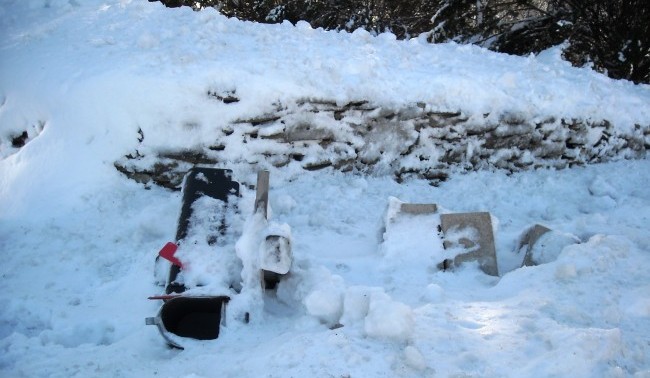
And here’s the rest of it! Hope we didn’t have any mail in there. I wonder what the post office will do with our mail until the snow gets cleared and the landlord is able to fix it. Good thing we take care of most of our bills online.
I’ve been talking to the baby (we’re expecting our first some time in January or early February) and telling him that it would wonderful if he could avoid timing his arrival to coincide with the next blizzard…sunny skies and clear roads would be nice!

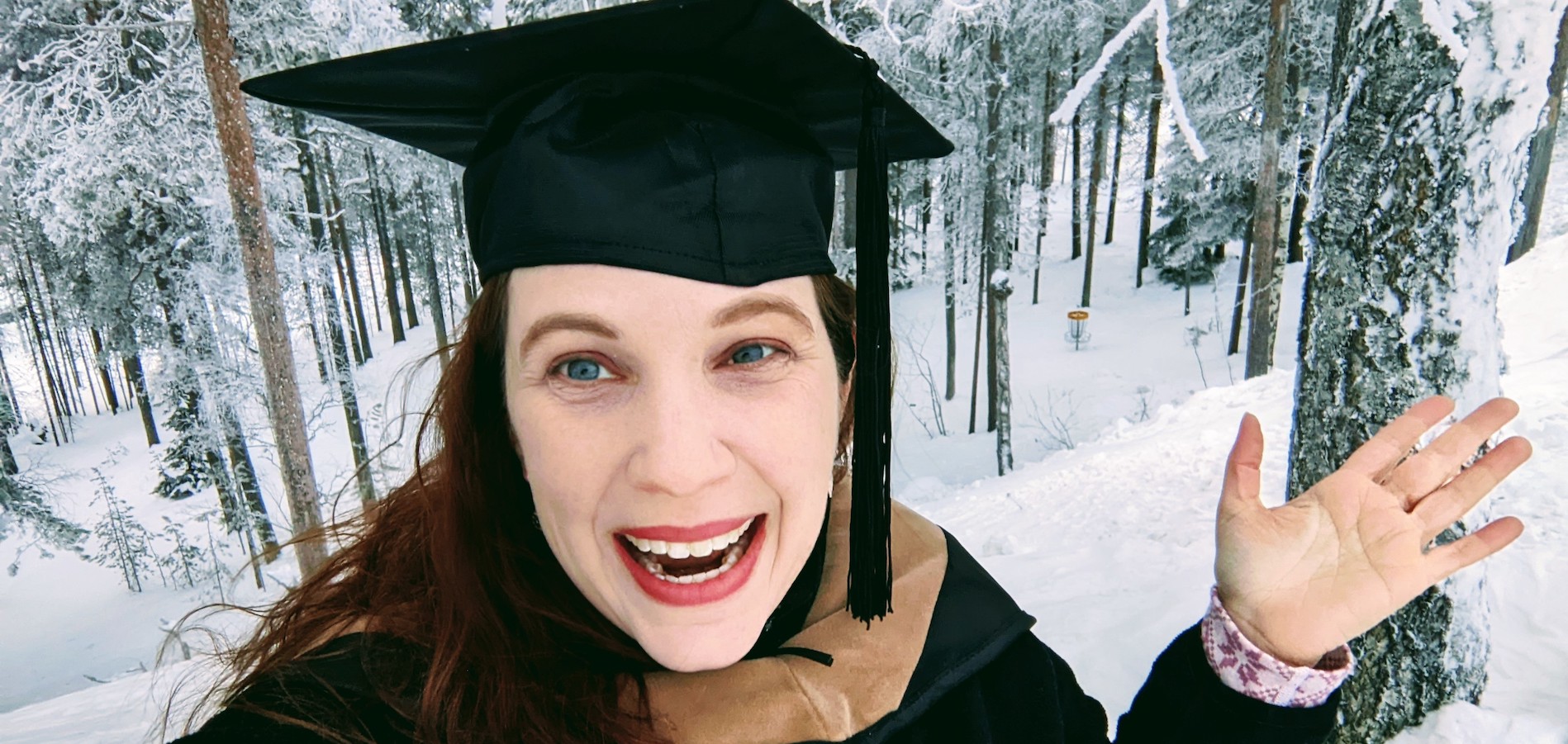

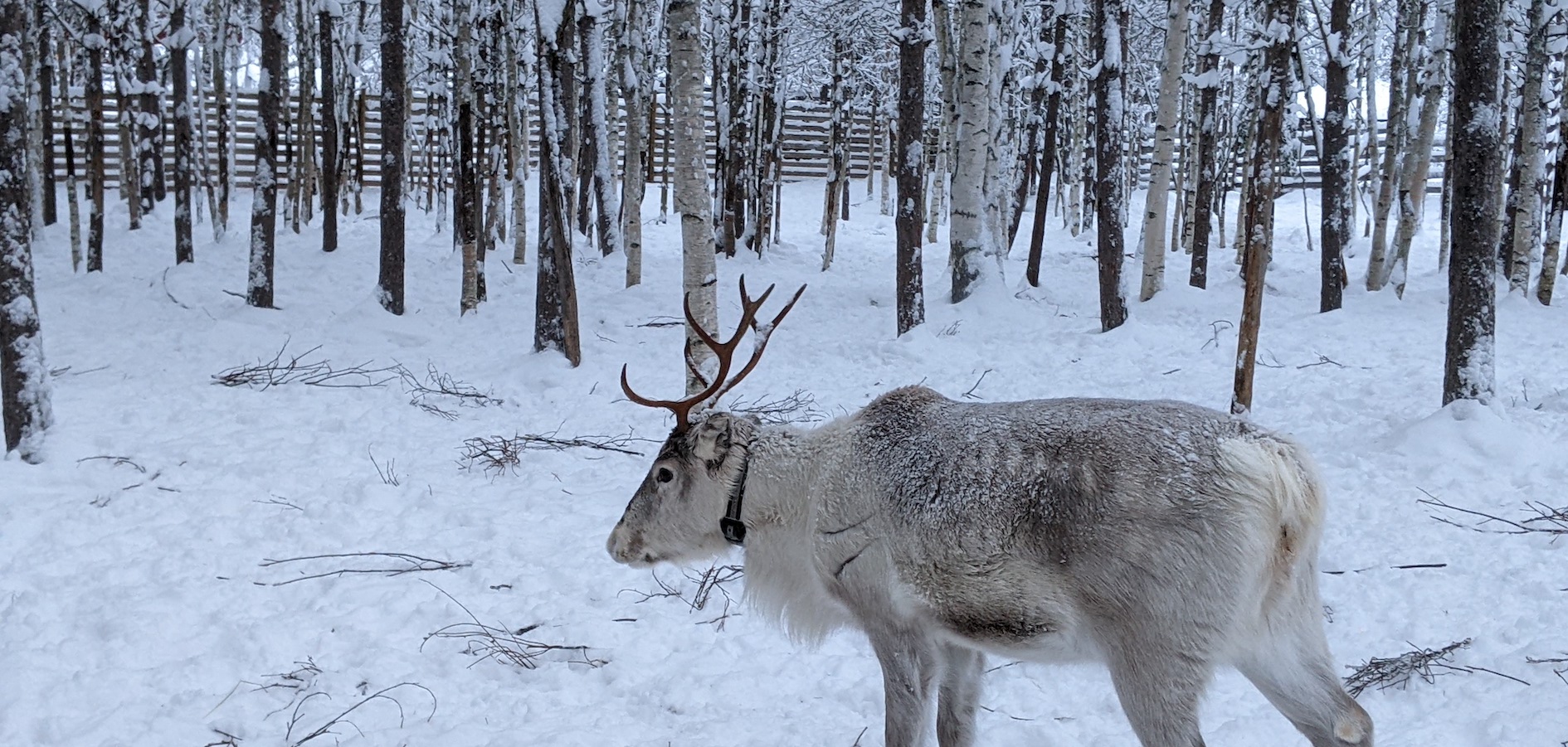
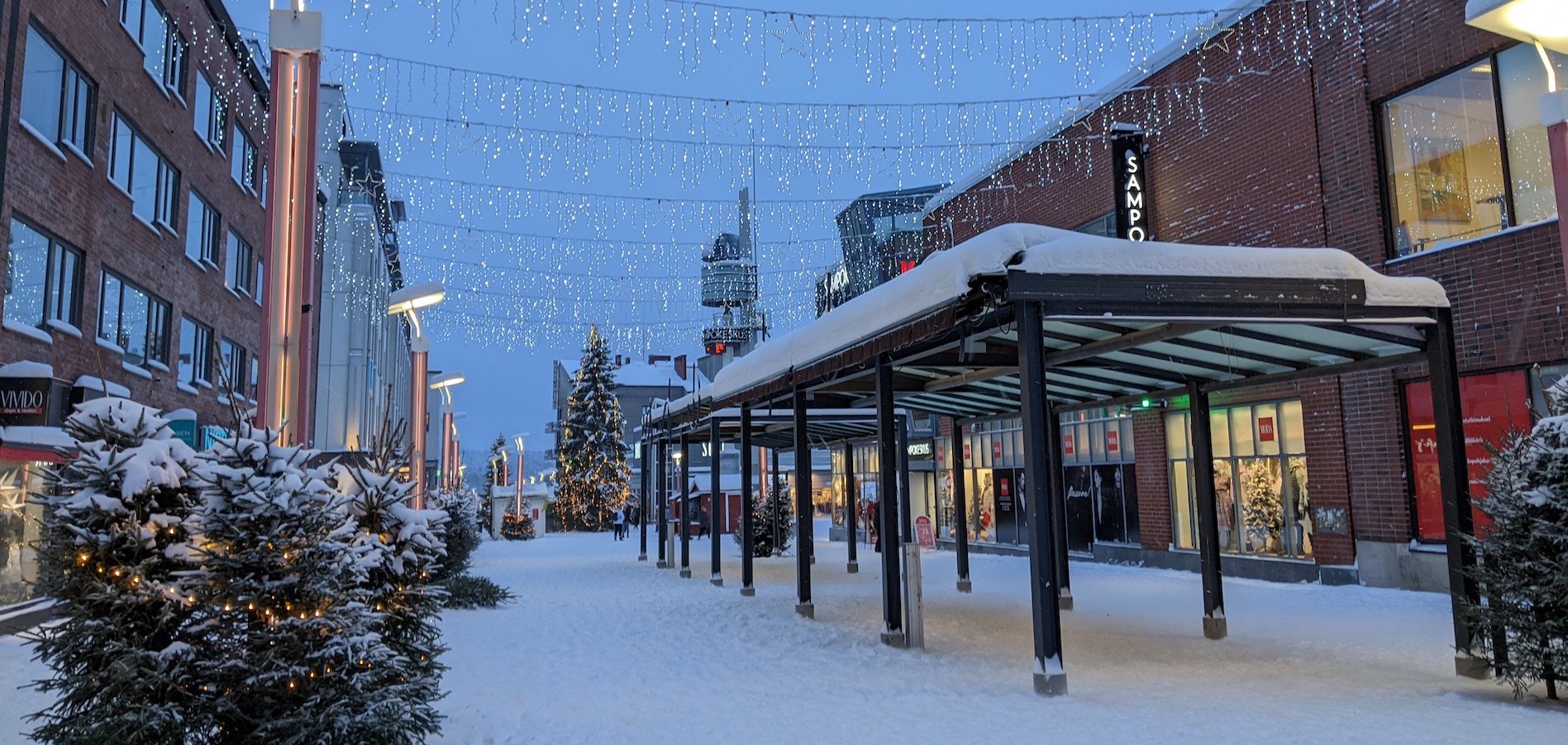
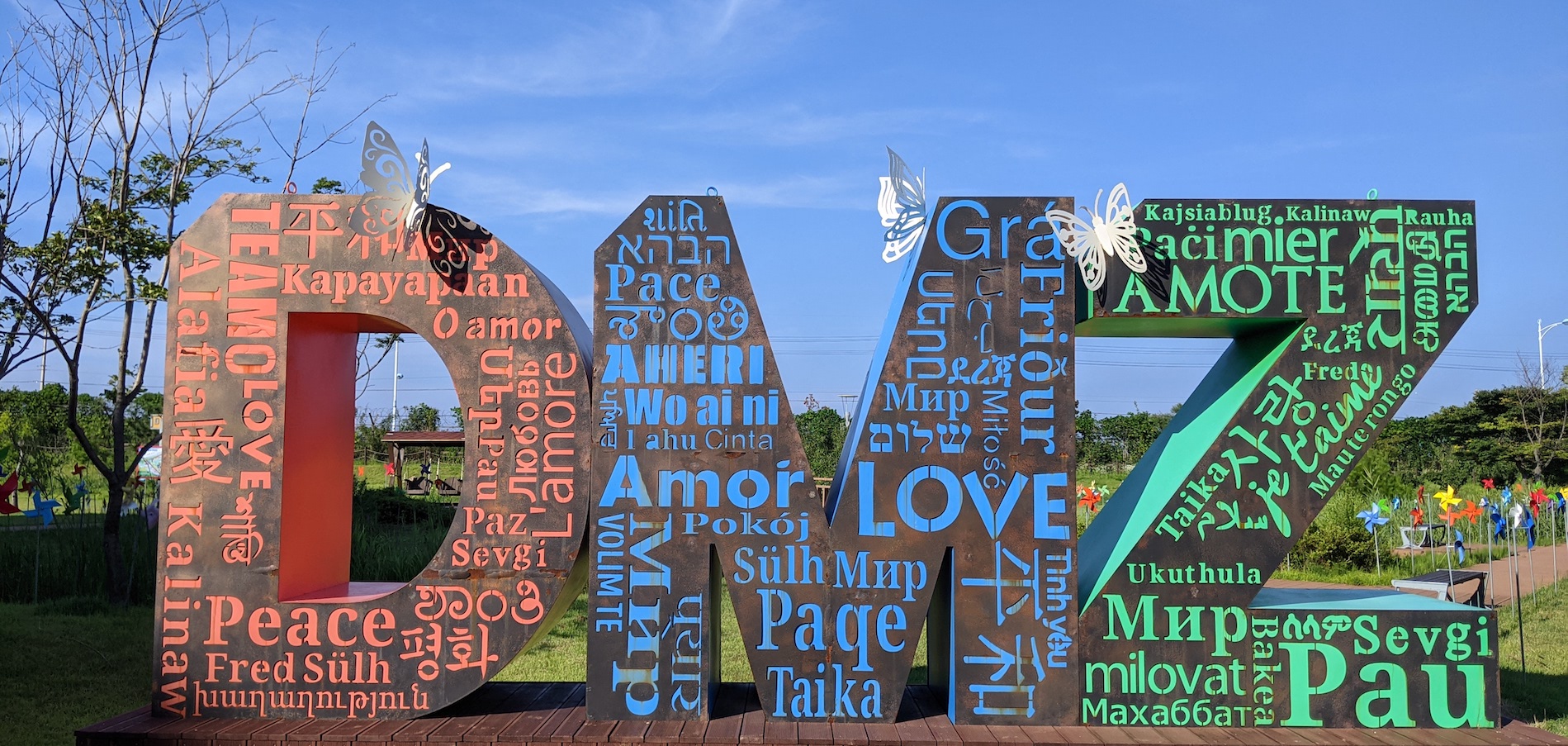
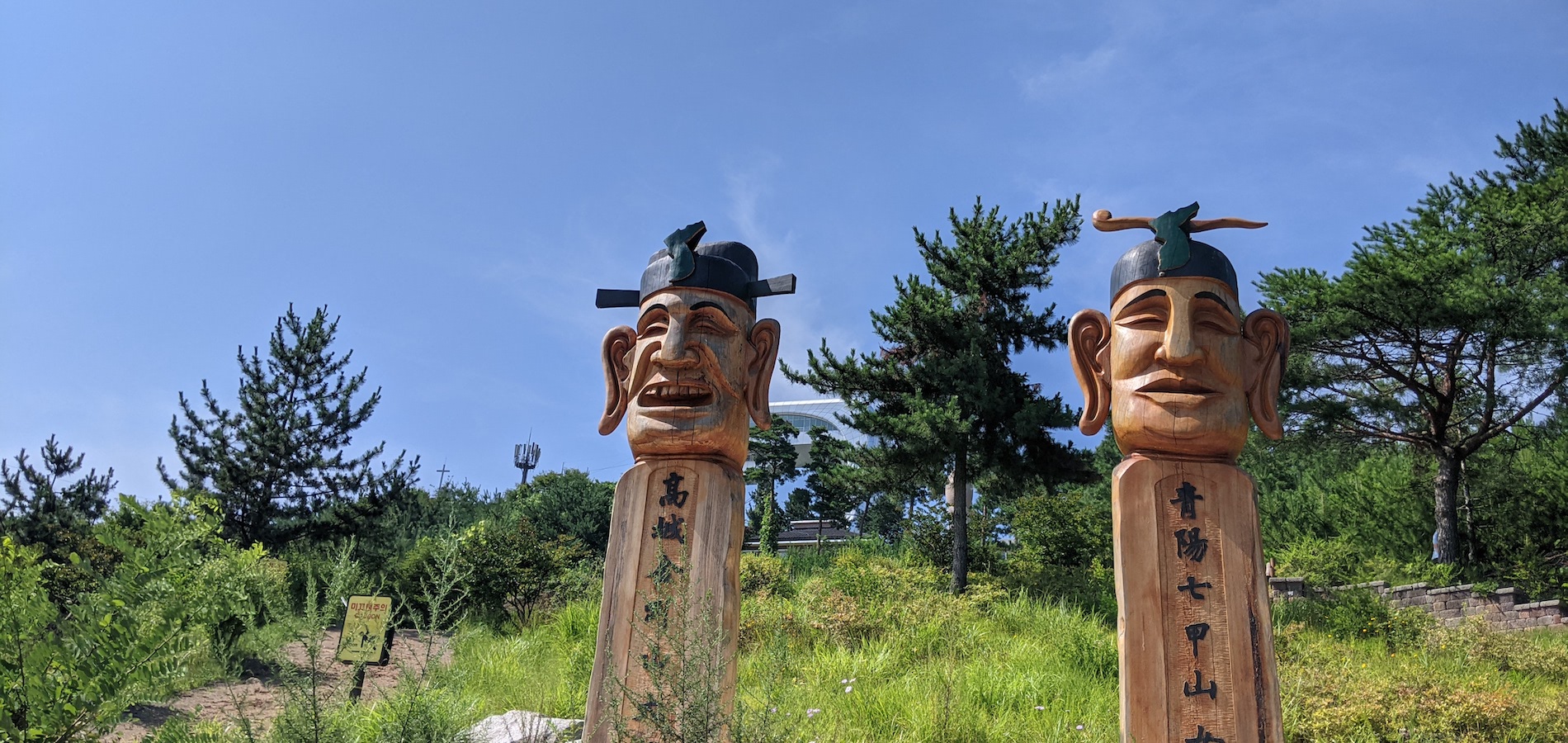
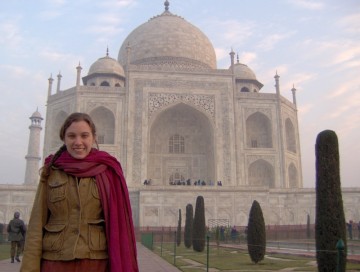
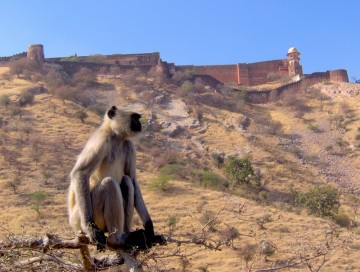
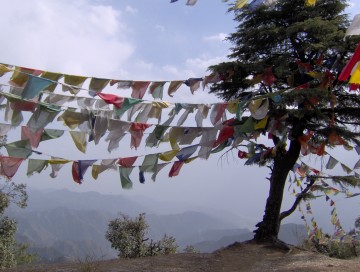


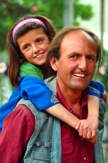

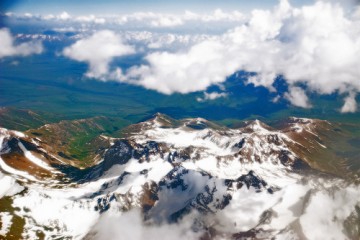
Recent Comments